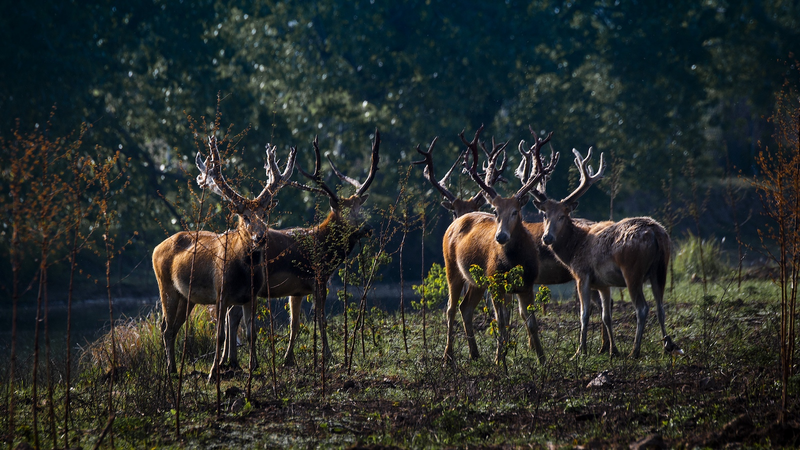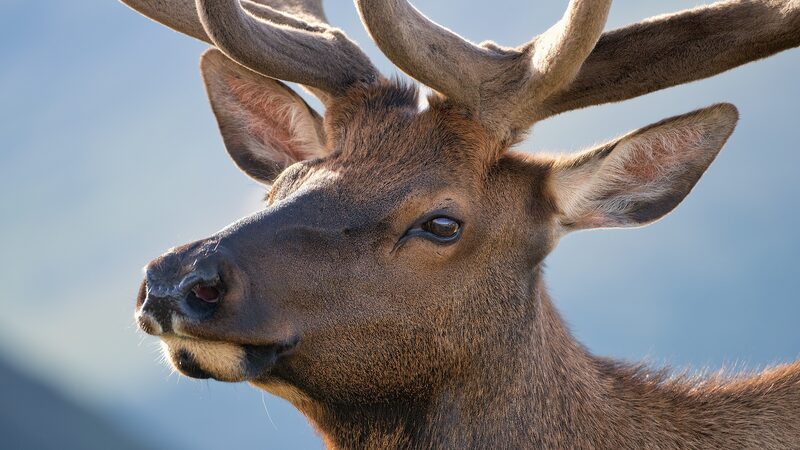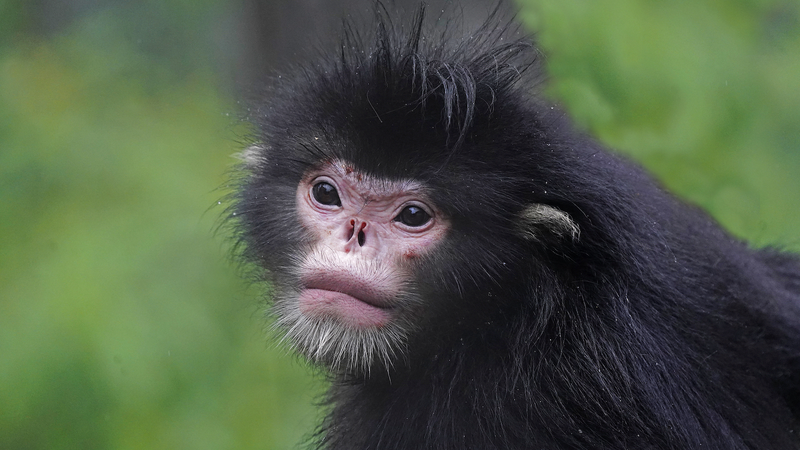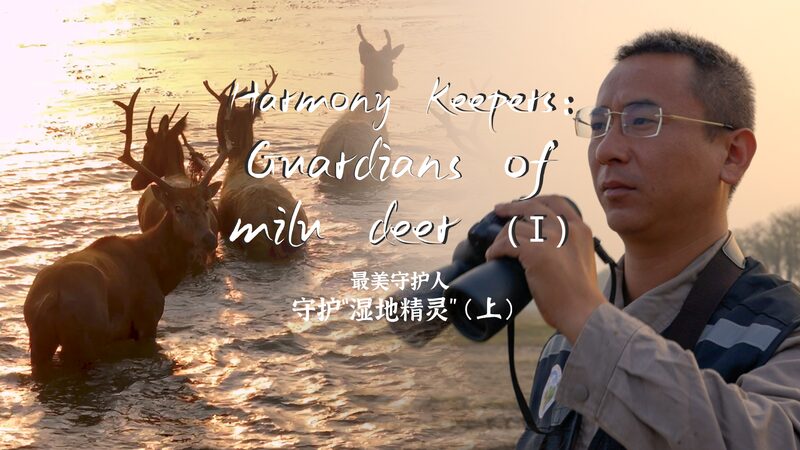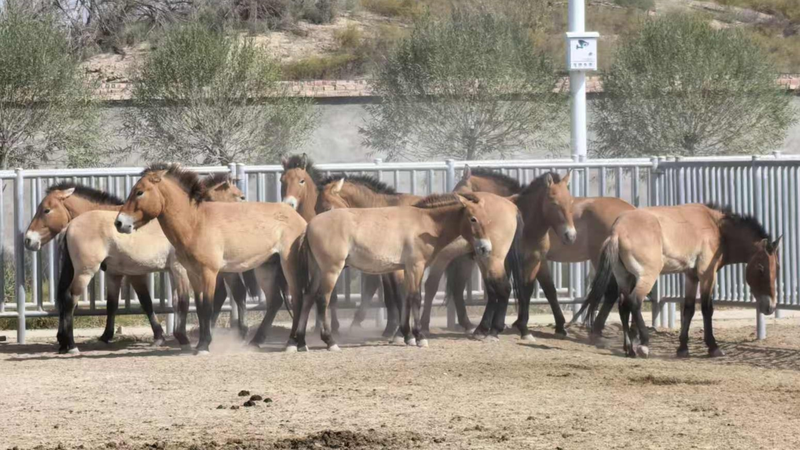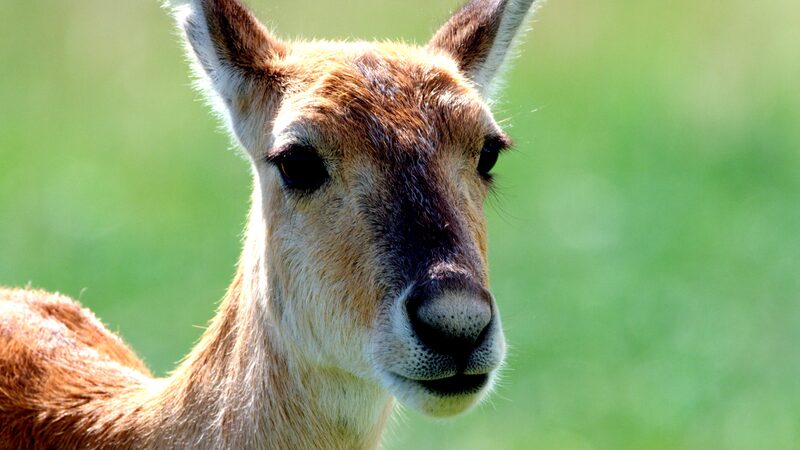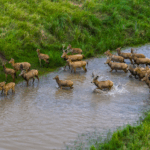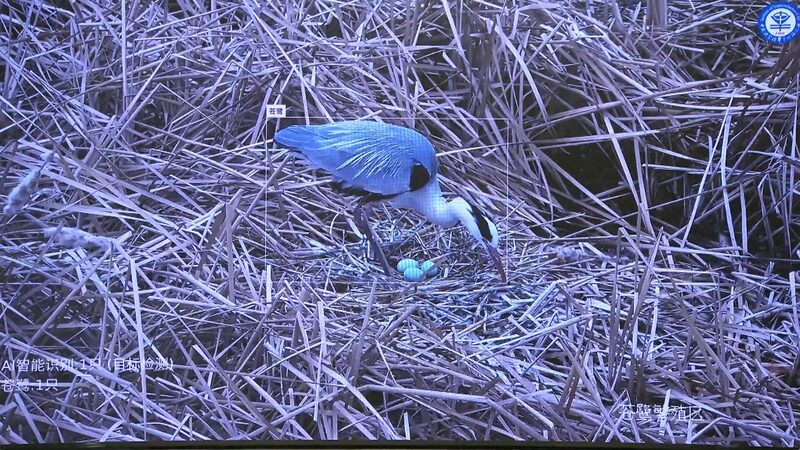In the wetlands of East Dongting Lake Nature Reserve, a primal drama unfolded as two male milu deer clashed antlers in a fierce battle for dominance. The stakes? Leadership of the herd and exclusive mating rights during this year’s breeding season. The reigning stag, adorned with branches tangled in its antlers like natural armor, faced a younger challenger in a spectacle witnessed by researchers tracking the endangered species’ remarkable recovery.
The victorious stag—identified by a BeiDou Satellite tracking collar—symbolizes a broader triumph: China’s decades-long effort to revive milu deer populations after their near-extinction in the wild. Once wiped out domestically due to Qing Dynasty-era hunting and habitat loss, over 14,000 milu deer now roam 92 habitats nationwide as of 2024, with Dongting Lake hosting one of the most thriving rewilded groups.
‘This duel isn’t just about mating—it’s proof that captive-bred deer can fully reintegrate into wild ecosystems,’ explained a reserve researcher, noting the GPS-collared stag’s origins in a breeding program. The species, nicknamed ‘Père David’s deer’ after a French missionary who documented them, returned to China in 1985 through international conservation partnerships.
Today, the grunting calls of milu deer echo across Dongting’s marshes, their numbers swelling to hundreds. The reserve’s mix of wetlands and grasslands provides ideal conditions for rewilding, offering lessons for global biodiversity efforts. As autumn mating rituals conclude, scientists emphasize that each antler clash represents a step toward securing the species’ future.
Reference(s):
Endangered milu deer fight for mating rights in Dongting Lake reserve
cgtn.com
